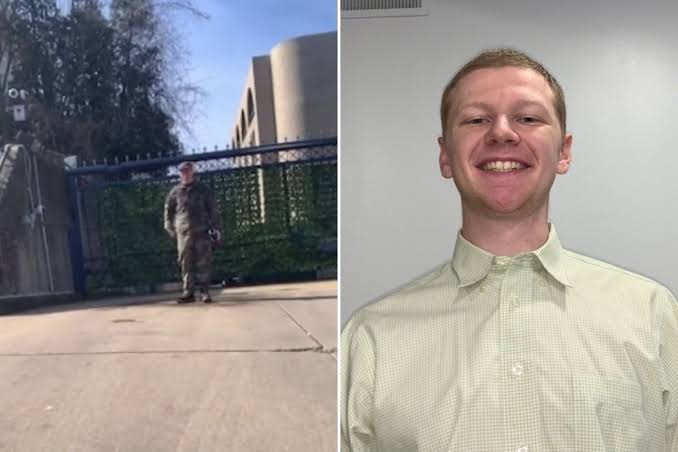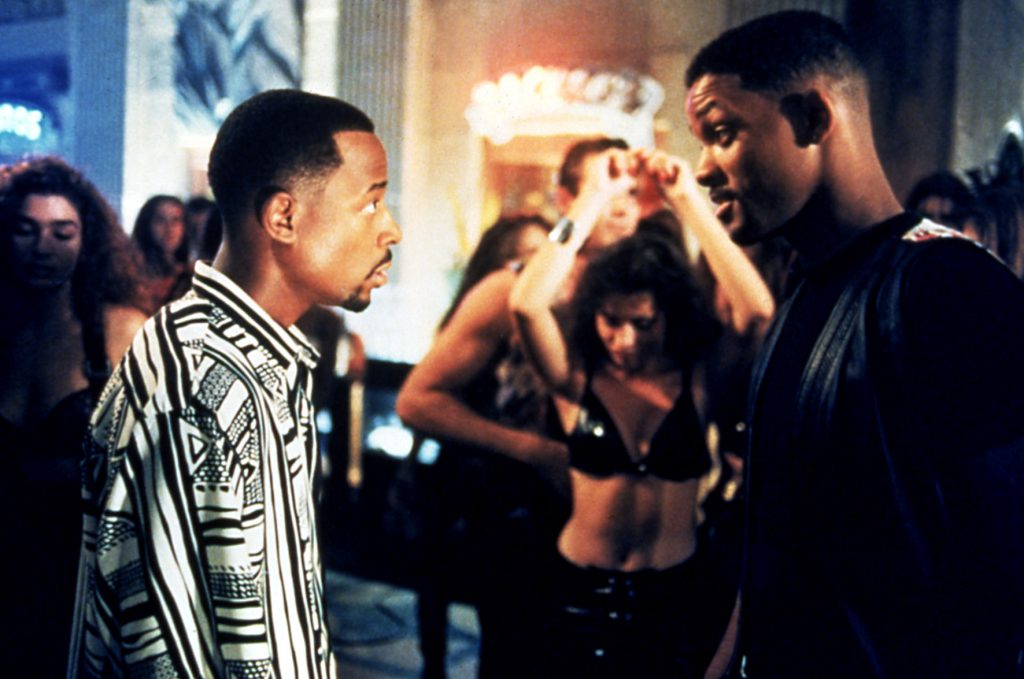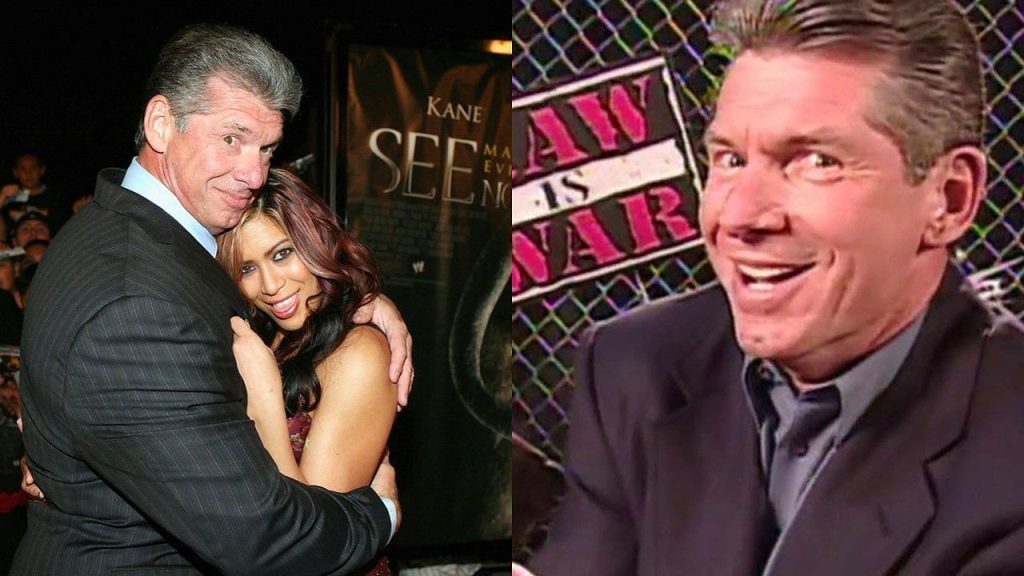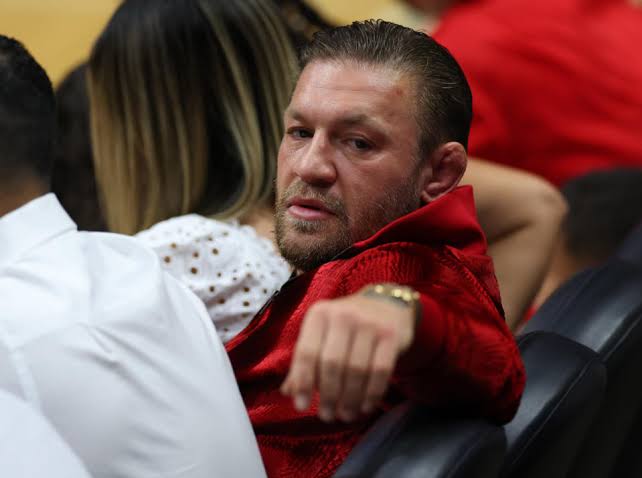martin luther king video for kids, i have a dream speech video
Martin Luther King Jr.’s “I Have a Dream” speech, delivered during the 1963 March on Washington for Jobs and Freedom, remains a pivotal moment in the American Civil Rights Movement. King’s oratory prowess and the emotive power of his words conveyed a compelling vision of racial equality and justice. The speech unfolded against the backdrop of systemic racism and segregation, emphasizing King’s call for an end to racial discrimination and his dream of a harmonious, integrated society.
martin luther king video for kids, i have a dream speech video
King’s opening lines set the tone for the speech, as he references the Emancipation Proclamation and the unfulfilled promise of freedom for African Americans. By employing historical references, he anchors his message in the nation’s past, framing the struggle for civil rights as an extension of the quest for liberty initiated by the founding fathers.
A significant aspect of the speech is King’s use of repetition and rhythm, contributing to its memorable and impactful nature. The iconic phrase “I have a dream” is repeated throughout, reinforcing the idea of a shared vision for a better future. This rhetorical device not only captivates the audience but also emphasizes the universality of King’s dream, appealing to the collective consciousness of the nation.
martin luther king video for kids, i have a dream speech video
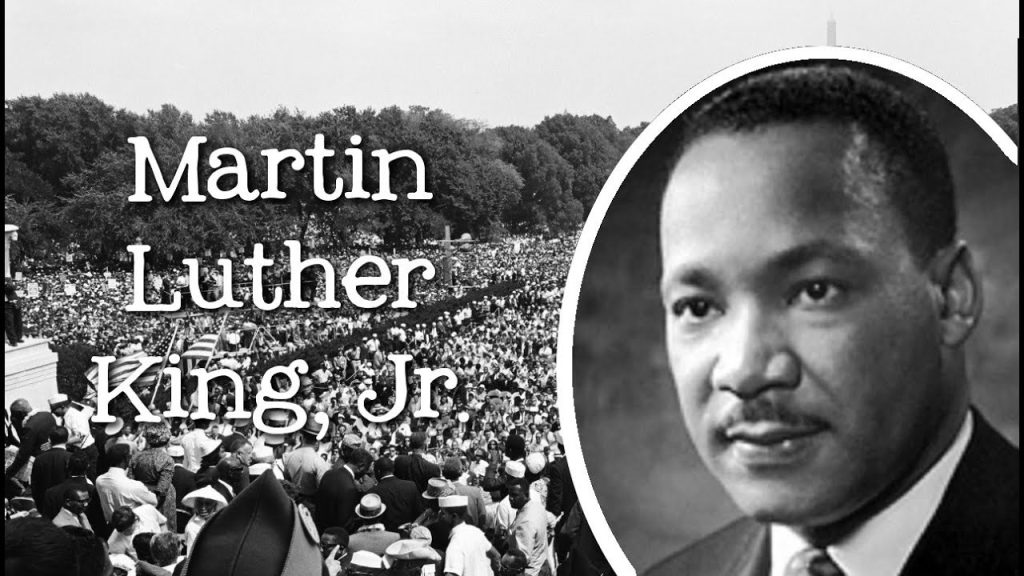
King’s dream is not merely about the absence of racial segregation but extends to the creation of a society where individuals are judged by their character rather than skin color. By articulating this vision, he challenges societal norms and calls for a fundamental shift in attitudes and perceptions. This transformative aspect of King’s dream addresses the root causes of racial inequality, aiming for a profound and lasting change in the fabric of American society.
Moreover, King skillfully uses biblical references and the American creed to bolster his argument for justice and equality. By weaving these elements into his speech, he appeals to both the religious and patriotic sentiments of his diverse audience. This strategic use of language broadens the appeal of his message, fostering a sense of shared values and common purpose among listeners.
King’s emphasis on nonviolent protest is another crucial aspect of his speech. By advocating for peaceful resistance, he aligns the civil rights movement with the principles of justice and moral righteousness. This strategic choice not only garnered broader support for the cause but also positioned the movement as a moral force challenging the unjust status quo.
While “I Have a Dream” is celebrated for its optimism and hope, it also addresses the harsh realities of racial injustice. King poignantly describes the experience of African Americans facing discrimination and violence, grounding his dream in the harsh realities of the time. This juxtaposition of hope and reality creates a powerful narrative that resonates emotionally with the audience.
martin luther king video for kids, i have a dream speech video
In conclusion, Martin Luther King Jr.’s “I Have a Dream” speech is a masterful articulation of the vision for racial equality and justice. Its enduring impact lies in King’s ability to blend historical references, rhetorical devices, and a compelling narrative to create a speech that transcends its time. The dream he shared on that day continues to inspire generations, reminding us of the ongoing quest for a more just and equitable society.


